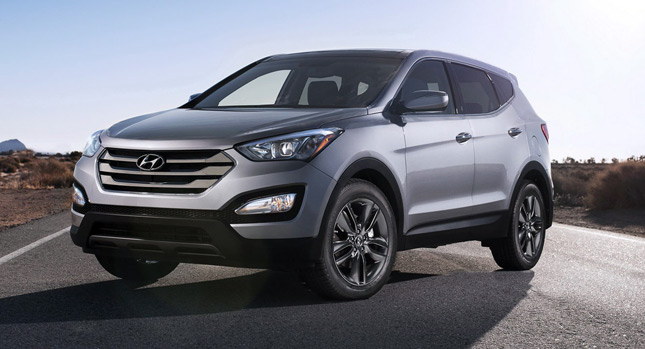With more than a million vehicles (1,072,679 to be exact) delivered in the first quarter of 2012, which account for a 16.7 percent increase compared to the same period last year, Hyundai’s global sales are booming.
Yet John Krafcik, CEO of Hyundai Motor America, believes that despite its ever-increasing range, there is a segment in which the carmaker is weak: car buyers with families. He is counting on the 2013 Santa Fe to change that.
“We do really well in the pre-family life stage with our lineup, and we do well in the post-family stage”, Krafcik told Automotive News. “The interesting thing is that the people with families who have kids in the house right now, they want to buy Hyundais more than any other group, and we just haven’t had very many cars to offer them. And now we do”, he added.
Kraficks expects to eventually shift more than 100,000 units annually. Given that its six-year old predecessor is Hyundai’s third best-selling model in the US, his optimism is well based.
That’s because the 2013 Santa Fe is based on an all-new platform, sports the company’s modern “fluidic sculpture” design and comes with front- or all-wheel drive in five-and seven-seats configurations. The former is labeled the Sport and is on sale now while the seven-seater, which will hit US showrooms in late December or early January, is 9.0 inches longer and has a wheelbase stretched by 3.9 inches.
Hyundai made a big effort in keeping overall weight down, with 38 percent of the body-in-white constructed of high-strength steel compared to less than eight percent in the previous Santa Fe. Thus, the Sport is 266 pounds lighter that the outgoing model and the seven-seat version weighs 397 pounds less than the Veracruz it replaces.
By Andrew Tsaousis
PHOTO GALLERY











